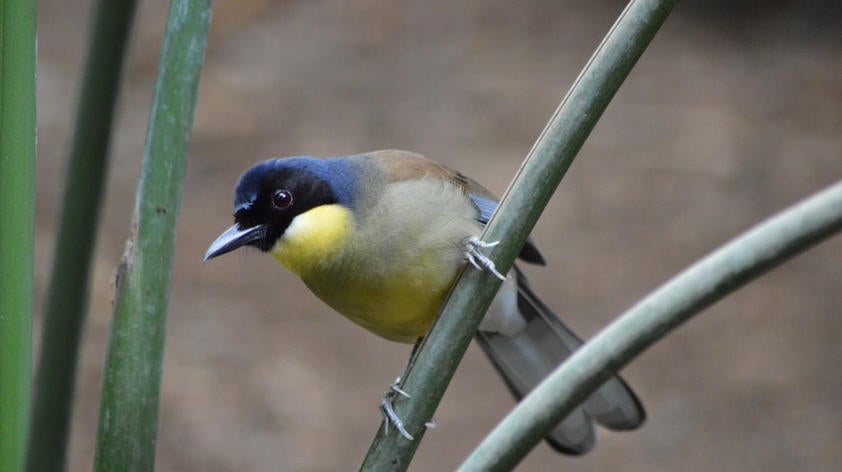
COVID-19: So, whose fault is this?
A virus can be a bit like toothpaste – once it gets out, it’s hard to put back. Now that the coronavirus responsible for this pandemic (SARS-CoV-2, or Severe Acute Respiratory Syndrome Coronavirus-2) is out and has spread around the world, we are not going to be able to put it back where it belongs or make it go away. And the blame game has begun – whose fault is this anyway?
The evidence suggests this was a pathogen spillover event, with the virus originating in wildlife at a market in Wuhan, China. Bats might be the original source, with another species, such as a Pangolin, possibly acting as an intermediary.
To understand why this happened, we need to understand the concept of ecological niches.
It might look to us as if wildlife species in their native habitats are all mixing it up together, but the fact is that they are compartmentalized based on things like the territories they establish and defend, the environmental and habitat requirements they have, and their feeding strategies. These are just a few of the characteristics that define an ecological niche.
Each wildlife species naturally carries an array of parasites and pathogens that tend to be confined to the same ecological niche as the host. These parasites and pathogens will tend to stay where they belong, in their native host, as long as that ecological niche remains intact. Ecological niches break down when we encroach on wildlife habitats, or bring species into close contact that would not share an ecological niche in the wild.
That brings us back to the wildlife markets. These markets are depressing places, where a wide range of domestic and wildlife species are brought into close contact, confined to very small cages, and all of them in close proximity to humans. This provides the perfect environment for pathogen spillover events, where a virus like this coronavirus can jump from its native host into humans.
Eventually this pandemic will be over, but the virus will still likely circulate at lower levels in human populations. The question is, what can we do to prevent the next spillover event and another new pandemic? The best approach is to eliminate the wildlife trade and these horrifying wildlife wet markets, and to leave some space for wildlife by preserving and restoring what little intact wildlife habitat we have remaining.
Wildlife might have been the source of this pandemic, but it’s not their fault.
Image above: A critically endangered Blue-crowned Laughingthrush, a species threatened by habitat loss and fragmentation in Asia, and one we are working to protect from pathogen spillover events.













